Spray adhesive is a versatile and convenient bonding agent that is widely used in various industries and applications. It is a type of adhesive that is applied through a spray nozzle, which delivers a fine mist of glue onto the surface to be bonded. However, with so many types of spray adhesives available on the market, it can be challenging to choose the right one for your project. Each type of spray adhesive has its unique properties, strengths, and weaknesses, and selecting the wrong one can result in an inferior bond or even damage to your materials.
In this article, we will explore the different types of spray adhesive and provide tips on how to choose the right one for your specific project needs.
Contents
Types of Spray Adhesive
General-purpose spray adhesive
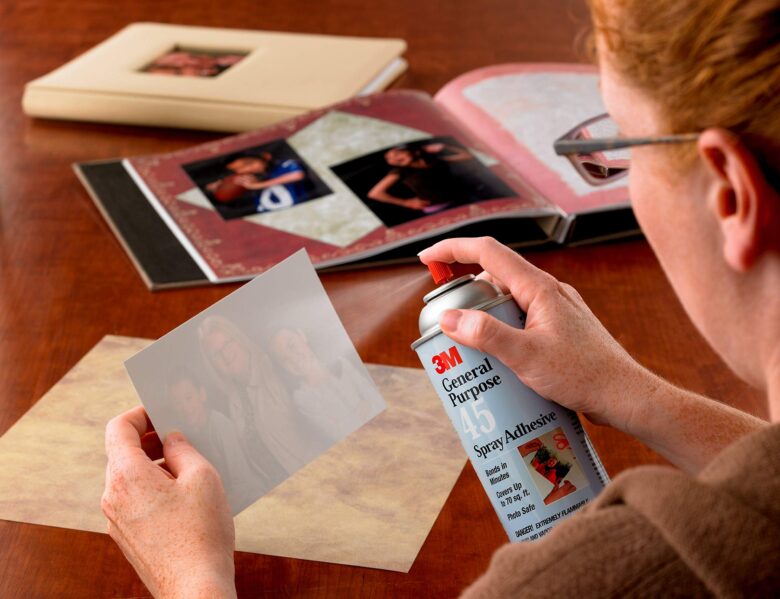
Source: amazon.com
A general-purpose spray sealant is a popular option for bonding a wide range of materials together. It is suitable for use on paper, cardboard, fabric, and lightweight materials. This type of bond is typically fast-drying and provides a strong, permanent bond.
High-strength spray
High-strength drizzle bond is designed for bonding heavy materials together, such as metal, wood, and plastics. It provides a strong, durable bond that can withstand heavy loads and stress. This type of sealant is ideal for industrial applications, such as construction and manufacturing.
Foam and fabric spray
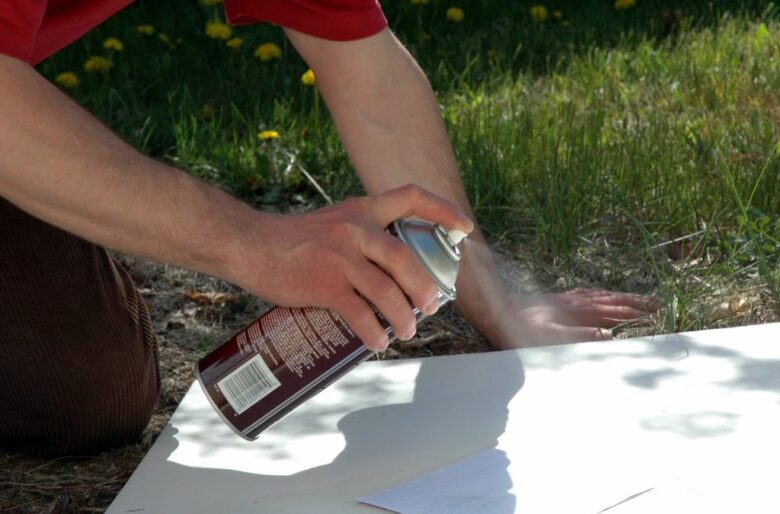
Source: cos-bond.com
Foam and fabric spray adhesive are specifically designed for bonding foam and fabric materials. It provides a strong, permanent bond that is resistant to heat and moisture. This type of sealant is commonly used in upholstery and automotive applications.
Repositionable spray
Repositionable mist adhesive is a type of spray sealant that provides a temporary bond, allowing the user to reposition the materials being bonded before the adherent dries and sets. This type of sprinkle sealant is ideal for applications where the user needs to adjust the position of the materials before creating a permanent bond, such as during crafting, scrapbooking, or when creating temporary displays or presentations. Repositionable spray sealant typically has a lower bonding strength than permanent spray sealants and can be removed without damaging the surface or leaving residue behind.
Multi-purpose spray
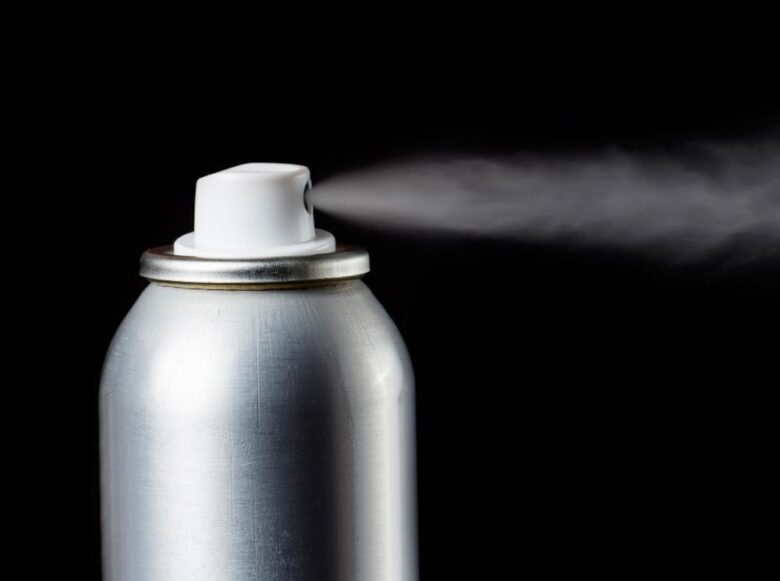
Source: aboutmechanics.com
A multi-purpose spray sealant is a versatile option that can be used on a wide range of materials, including paper, cardboard, fabric, metal, and plastic. It provides a strong, permanent bond and is suitable for a variety of applications, including crafts, home repairs, and DIY projects.
Choosing the Right Spray Adhesive for Your Project
When choosing a spray adhesive for your project, it is important to consider the materials you will be bonding together, as well as the strength and durability required for the application. Here are some factors to consider:
- Materials: Different drizzle adhesives are designed for bonding different types of materials. Be sure to choose a bond that is suitable for the materials you will be bonding together.
- Strength: Consider the strength and durability required for your application. If you are bonding heavy materials together, such as metal or wood, you will need a high-strength sealant.
- Application: Consider the application method of the spray sealant. Some adhesives may require a specific application technique or surface preparation.
- Drying time: Some spray adhesives dry faster than others. If you need a quick bond, choose an adhesive with a fast-drying formula.
Tips for Choosing the Right Spray Adhesive
When it comes to selecting the right lei adhesive for your project, there are several tips to keep in mind. First, it’s important to identify the materials you need to bond and choose a sealant that is suitable for those materials. Additionally, understanding the application process and the desired bond strength can help you select the right adhesive for your needs.
Considering environmental factors, such as temperature and humidity, can also impact effectiveness. Additionally, it’s important to take into account health and safety concerns, such as ventilation and protective equipment.
Testing the adhesive before committing to a large project can also help ensure that it is the right choice for your needs. Finally, it’s important to follow the manufacturer’s instructions for application and storage to ensure the best possible results.
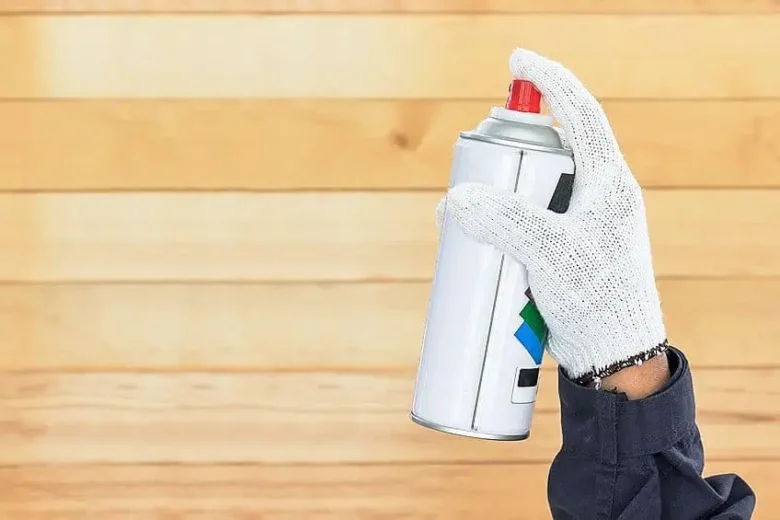
Source: craft-art.com
Identify the materials you need to bond
One of the most critical factors to consider when choosing a spray adhesive is the materials you need to bond. Different types of spray adhesives work better on specific materials than others. For example, rubber-based chaplet sealants are ideal for bonding materials such as foam, leather, and fabric, while polyurethane-based spray bonds work well for bonding wood and metal. Identifying the materials you need to bond will help you narrow down the options and select the best spurt adhesive for your project. By choosing the right adhesive, you can ensure a strong and reliable bond that will withstand the test of time.
Determine the desired bond strength
When choosing a spray adhesive for your project, it’s crucial to consider the desired bond strength. Different types of rush sealants have varying levels of strength, and some are better suited for specific applications than others. If you need a permanent bond, for instance, you’ll want to choose an bond with a high level of strength. However, if you need to bond materials temporarily, such as for a mock-up or prototype, a lower-strength adhesive may be sufficient. Determining the desired bond strength ahead of time can help you select the right mist cement for your needs and ensure a successful project outcome.
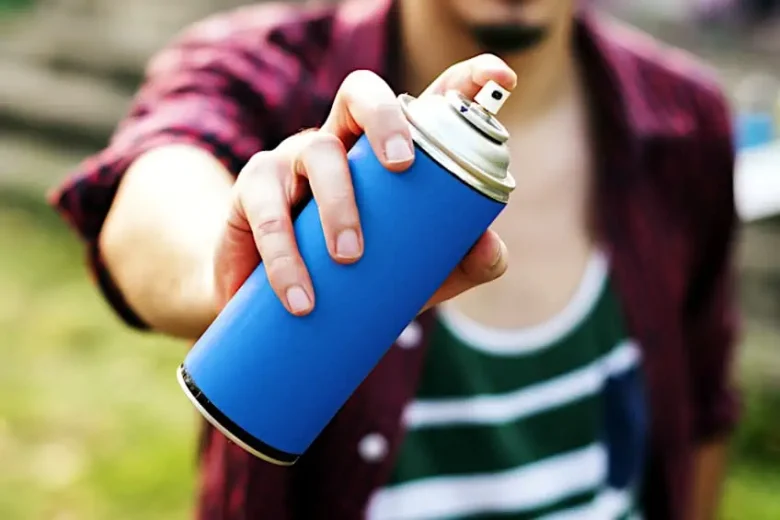
Source: craft-art.com
Conclusion
In conclusion, selecting the right type of spray adhesive for your project is essential for achieving a successful and long-lasting bond. With a vast array of options available, it’s crucial to consider the properties and characteristics of each type of bond before making a decision. Whether you’re working on a DIY project or a professional application, understanding the differences between jet sealants can save you time, money, and frustration. By following the tips outlined in this article, you can make an informed decision and choose the right spray adhesive for your project needs, ensuring a strong and reliable bond.
